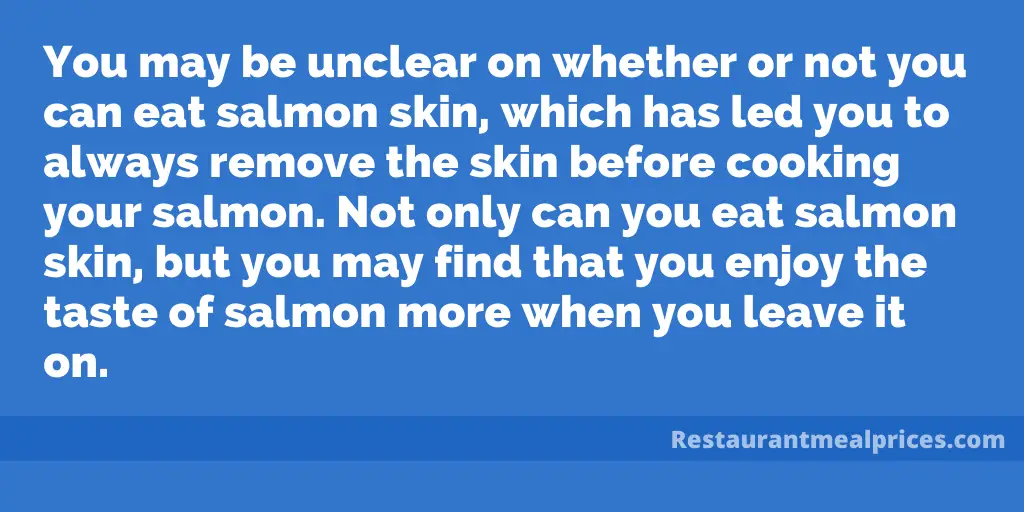With salmon season coming up in the next couple of months, we’re looking forward to its melt in your mouth flavor and its rosy color that will brighten up any plate. However, you may find that you have trouble cooking salmon just right, and often end up with either an overcooked fish. So, what are you doing wrong? In this article, we take a look at tips on how to cook the perfect salmon, so you can choose, prepare and cook salmon like a pro.
Choose Your Salmon Carefully
The first step in cooking the perfect piece of salmon is choosing your salmon carefully. You may not be getting the flavor you desire in part because you are choosing the wrong type of salmon. There are several different types of salmon available, which all offer something slightly different in terms of taste, texture and flavor.
Cook the Story tells us more on how to pick the perfect cut of salmon for your tastes:
“The first step is buying good salmon. At the store, you might find farmed salmon and wild salmon, fresh salmon and previously-frozen salmon. And you might find different types of salmon, too—Pacific, Atlantic, king, sockeye, etc. All will vary slightly in size, fat, flavor, and texture. But rather than trying to remember what types have what characteristics, I recommend just asking the staff behind the counter for what you like—if you like it milder-tasting, for example, or meatier.”
Skin On vs. Skin Off

You may be unclear on whether or not you can eat salmon skin, which has led you to always remove the skin before cooking your salmon. Not only can you eat salmon skin, but you may find that you enjoy the taste of salmon more when you leave it on.
Taste of Home explains why they prefer cooking salmon with the skin on:
“Can you eat salmon skin? Absolutely. We prefer to cook salmon with its skin on for most preparations, as the skin acts as a barrier from the direct heat. This helps keep the delicate meat tender. Not to mention, the skin becomes deliciously crispy when oiled up and exposed to heat. The only time we recommend removing the skin from salmon is if you’re planning to poach it or cook it en papillote. These methods will result in soggy skin.”
Don’t Overcook It
Arguably the most important aspect of cooking the perfect salmon? Do not overcook it. Salmon can get easily dried out, which is why many prefer to cook this fish wrapped in tin foil at a lower temperature.
The Wild Salmon Co. explains why it’s important to pay close attention to how your salmon is cooking:
“Perfectly prepared fish is moist, flavorful, and succulent. When fish is overcooked, it dries out and loses flavor. To cook fish perfectly, remove it from the heat source before it appears fully cooked, while there is still some translucency in the middle. Fish keeps cooking for several minutes after being removed from the heat. If you wait until the fish looks done, it will be dry by the time it reaches the table.”
Looking to see where you can enjoy a delicious piece of salmon at your favorite restaurant? Check out our list of all restaurants to compare food menus!

